In the following schematic, I would like to decode PCM audio from my Raspberry Pi and output the signal to a 3W speaker. The PAM8302 datasheet is quite light. I don't understand what the input levels are. On the other hand, the PCM5100A PCM decoder offers a 2.1 Vrms stereo output with a 1kOhm load impedance.
I would like to properly connect the decoder to the amplifier without a potentiometer. Any idea?
